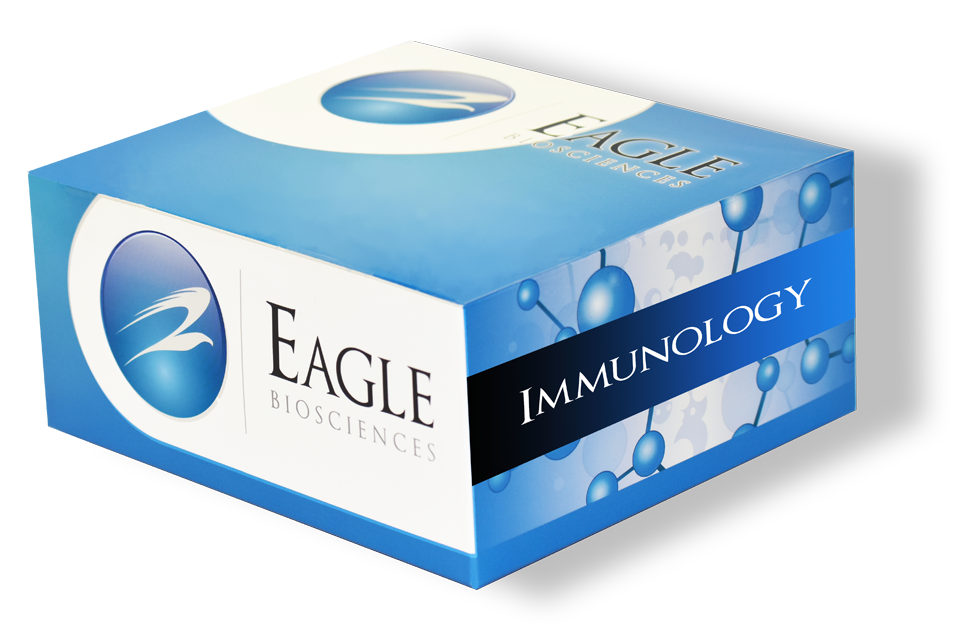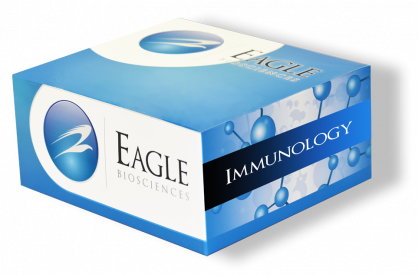Anti-Phosphatidylserine ELISA Assay Kit
Anti-Phosphatidylserine ELISA Assay Kit Developed and Manufactured by Medipan
Size: 1×96 wells
Sensitivity: 1 U/ml
Dynamic Range: 1 – 300 U/ml
Incubation Time: 2.5 hours
Sample Type: Serum
Sample Size: 10 µL
Alternative Names: Human Anti-Phosphatidylserine ELISA, Human Phosphatidylserine Antibody ELISA, APAS
For Research Use Only
Linearity
Selected positive serum samples have been tested by this assay and found to dilute linearly. However, due to the heterogeneous nature of human autoantibodies there might be sera that do not follow this rule.
Specificity
Measuring a group of blood donors (n=62) in both Anti-Phosphatidyl-Serin IgG and IgM assays a specificity of 100% was found. All samples were tested negative.
Assay Principle
The Anti-Phosphatidylserine ELISA Assay Kit is used for the highly sensitive determination of autoantibodies to phosphatidyl-serine in human serum. The antibodies of calibrators, control and diluted patient samples react with an antigen complex consisting of phosphatidyl-serine and the cofactor ß2-GP I immobilized on the solid phase of microtiter plates. Following an incubation period of 60 minutes at room temperature, unbound sample components are removed by a wash step. The bound antibodies react specifically with anti-human-IgG or anti-human-IgM conjugated to horseradish peroxidase (HRP) within the incubation period of 30 minutes at room temperature (RT). Excessive conjugate is separated from the solid-phase immune complexes by the following wash step. HRP converts the colorless substrate solution of 3,3’,5,5’-tetramethyl¬benzidine (TMB) added into a blue product. The enzyme reaction is stopped by dispensing an acidic solution into the wells after 15 min at room temperature turning the solution from blue to yellow. The optical density (OD) of the solution at 450 nm is directly proportional to the amount of specific antibodies bound. The standard curve is established by plotting the antibody concentrations of the calibrators (x-axis) and their corresponding OD values (y-axis) measured. The concentration of antibodies of the specimen is directly read off the standard curve. Evaluating the test by a semi-quantitative method using a cut-off calibrator is also possible.
Products Related to Anti-Phosphatidylserine ELISA Assay Kit
Anti-Phospholipid Screen ELISA Kit
DotDiver Anti‐Phospholipid IgM
DotDiver Anti‐Phospholipid IgG



